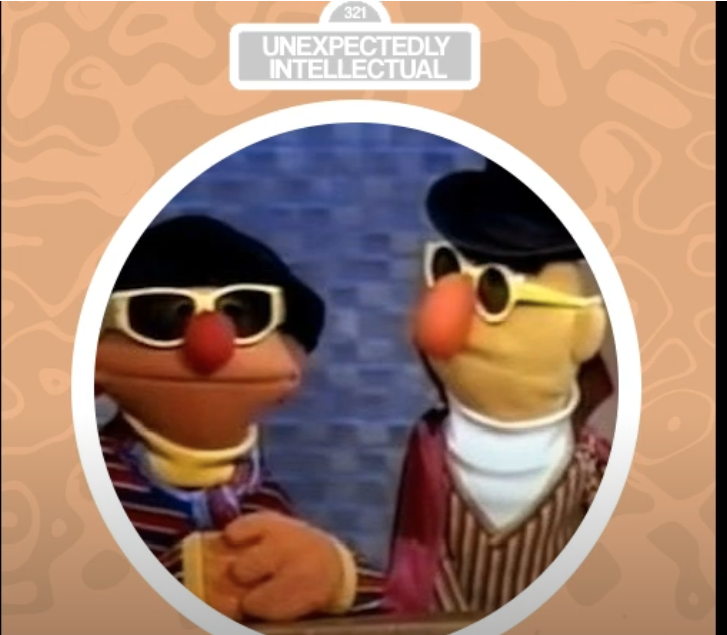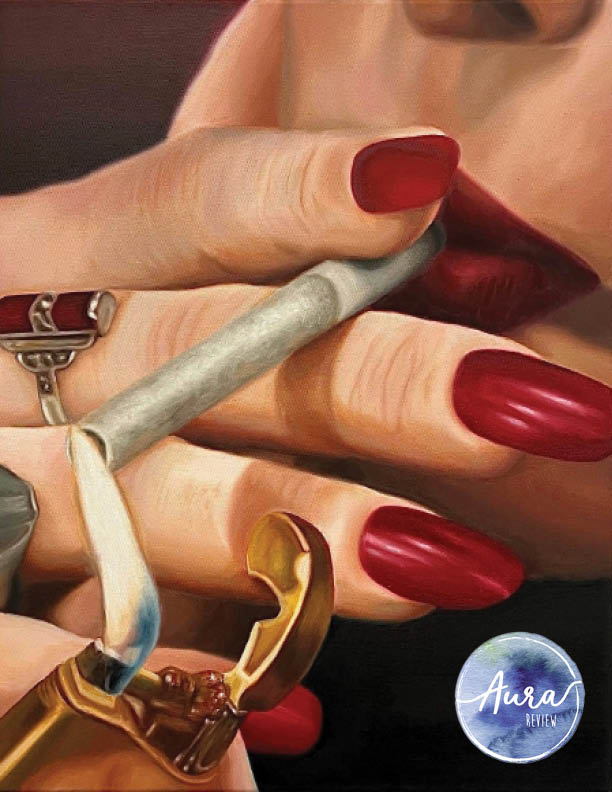“The Master and Margarita” is a novel by Russian author Mikhail Bulgakov who lived under the sharp, oppressive control of the Soviet Union. Although the playwright’s literary career was continuously hampered due to Soviet censorship, Bulgakov continued to write his most recognized piece, “The Master and Margarita”. While it was written between 1928 and 1940, the book was only published in its complete form after he died in 1966, letting everyone but Bulgakov experience the novel’s influential mark.
The book is divided into two parts, starting first in Moscow during the 1930s. It begins with the Devil, Woland, creating chaos for the residents in Moscow. However, the Devil’s supernatural effect on the city is complex, as he rewards or punishes people he encounters based on his own judgment of morality. His affinity for helping those oppressed and his effort to expose the corruption of the Soviet system reveals that there is never a clear-cut definition of right and wrong, even for someone who is symbolically represented as the epitome of evil.
Like Woland, the novel tells a tale that humans are just as complex with their moral outlooks. Characters in the story who are presented as good, rule-following citizens are ultimately shown to be flawed. As the story continues, Bulgakov uses Woland to unearth the dark censorship in Moscow and transitions the story into the second part of the novel, which takes place with the introduction of the Master and Margarita.

The two individuals’ love is the primary focus of the second part of the novel. The Master is a writer who, despite the censorship in the Soviet Union, aspires to write about religion by discussing the life of Pontius Pilate in Jerusalem. The book is banned, and the Master grieves, causing him to disappear from Margarita’s life. Margarita’s love for the Master is powerful and is deeply contrasted by the other superficial relationships in the novel. With her will to sacrifice her everyday life, she partners with the Devil to reunite with the Master. As she takes on extraordinary risks, the book depicts the acts of courage that true love can unveil.
“The Master and Margarita” is a novel that bears significant relevance to the modern-day world, resonating with readers due to its exploration of timeless themes. Mikhail Bulgakov’s portrayal of the oppressive Soviet regime and stifling censorship mirrors the struggles faced by individuals living in societies with limited freedom of expression.
In many parts of the world, artistic voices are still suppressed, and creative works are subject to scrutiny by authoritarian governments or powerful entities. The novel’s commentary on censorship serves as a reminder of the importance of defending and preserving freedom of speech and artistic expression in contemporary society.
The profound love shared between the Master and Margarita transcends time and speaks to the enduring power of human connections. In today’s fast-paced and technologically driven society, where virtual interactions often replace genuine human connections, the novel’s portrayal of love’s depth and its ability to inspire extraordinary acts of courage serves as a poignant reminder of the importance of meaningful relationships and emotional bonds.
Moreover, Margarita’s determination to defy societal norms and partner with the Devil to reunite with the Master raises thought-provoking questions about the boundaries of individual agency and the pursuit of personal happiness. In contemporary societies, where traditional expectations and societal pressures can often stifle individual choices and aspirations, Margarita’s courage becomes a symbol of empowerment and a call for embracing one’s authentic self.
The character of Woland, the Devil, embodies a complex interpretation of good and evil, a notion that remains pertinent today. In the novel, Woland’s actions challenge conventional moral standards, highlighting the subjective nature of ethical judgments. Similarly, in the present day, moral ambiguity continues to be a subject of debate and exploration, particularly in an increasingly interconnected world where cultural, social, and political values often clash. Bulgakov’s portrayal of Woland encourages readers to question the absolutes of good and evil, prompting introspection into the shades of gray that define human behavior.
Bulgakov uses “The Master and Margarita” to explore a multitude of themes, with his most significant being love, oppression, and morality. As we’re taken on a transcendental adventure with Woland, the reader is reacquainted with the timeless intricacies of love, convention, and righteousness.





































